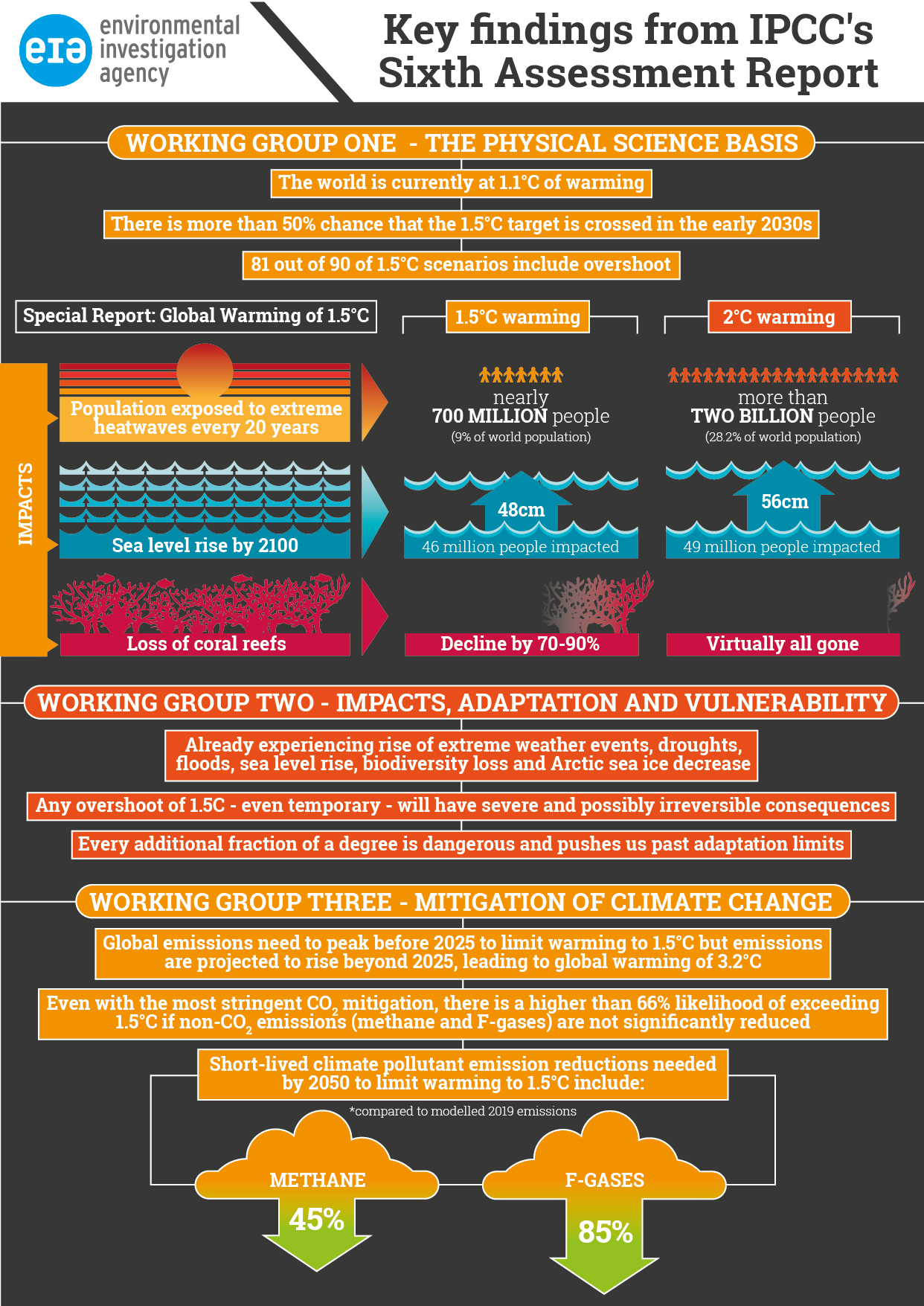New report makes our choice plain – we can act now on climate change or suffer the consequences
A new report launched today (4 April) makes clear that humankind has a choice about how bad we let climate change get – the sooner and faster we cut emissions, the more chance we have of avoiding catastrophe.
Previous reports from the Intergovernmental Panel on Climate Change (IPCC) made plain the science and our vulnerability and this final report from Working Group III focuses how we can collectively avoid the worst of the projected dire impacts on human society and the planet.
The solutions needed to make major emissions cuts are available and their cost is continuing to fall, but their uptake is currently far too slow. Many of the solutions have public support, including solar and wind energy, electrification of urban systems, urban green infrastructure, energy efficiency, demand side management, improved forest management and reduced food waste and loss.

While the cost of solutions is falling (from 2010-19, unit costs of solar energy fell by 85 per cent, wind energy by 55 per cent and lithium batteries by 85 per cent as their deployment rose), the cost of the impacts from unchecked emissions is rising steeply. Simply put, mmaintaining emission-intensive systems may be more expensive than transitioning to low emission systems in many sectors and regions.
However, spending has fallen far short of the levels needed to achieve the necessary mitigation.
A ceiling of a 1.5°C global temperature rise has been set as a maximum to avoid the worst, most destructive impacts of climate change and staying below that, with minimal overshoot, requires deep and urgent emissions reductions now.
However, after a slight COVID-induced dip, global greenhouse gas emissions continue to increase. The new report finds that the emissions reductions included in the Nationally Determined Contributions pledged prior to CoP26 under the Paris Agreement make it likely that warming will exceed 1.5°C and will also make it harder after 2030 to limit warming to below 2°C.
Predictions based on these pledges – and assuming no increase in ambition after 2030 – will lead to global warming of 2.8°C. Without a strengthening of policies, greenhouse gas emissions are projected to rise beyond 2025, leading to a global warming of 3.2°C by 2100.
Net zero CO2 emissions are needed by 2050, accompanied by substantial reductions in non-CO2 emissions including methane and fluorinated gases (F-gases). But even with the most stringent CO2 mitigation, there is higher than 66 per cent likelihood of exceeding 1.5°C if non-CO2 emissions are not significantly reduced.
To limit warming to 1.5°C and 2°C, methane emissions need to be reduced by 45 per cent and fluorinated gases by 85 per cent. Early reductions of these short-lived climate pollutants would lower peak warming and reduce the likelihood of overshooting warming limits.
The report tolls a death knell for unabated fossil fuels, warning clearly that they must be phased out as quickly as possible alongside the roll-out of renewable energy, improved energy efficiency and increased electrification.
Currently, emissions from existing and planned fossil fuel infrastructure exceed the total emissions for limiting global warming to 1.5°C and their continued use will only lock in future emissions. Limiting warming to 2°C or below will leave a substantial amount of fossil fuels unburnt and could effectively leave fossil fuel infrastructure stranded, with coal assets at risk before 2030 and oil and gas assets towards mid-century.
While the IPCC acknowledges the need for Negative Emission Technologies to limit warming to 1.5°C with limited overshoot, it makes clear that several barriers exist to their deployment.
In terms of positive actions, cities can create opportunities to reduce emissions by retrofitting building stock, improving city design to incorporate more green roofs and green spaces and supporting walking, cycling and public transport.
Buildings, both new and retrofitted, could approach net zero greenhouse gas emissions by 2050 if policy packages combining sufficiency, efficiency and renewable energy measures are implemented and if barriers to decarbonisation are removed. This will require low-emission construction materials, highly efficient building and the integration of renewable energy solutions, highly efficient appliances, optimisation of the use of buildings and low-emission energy sources plus recycling and re-using construction materials at the end of a building’s life.
By 2050, as much as 61 per cent of global building emissions could be mitigated, with energy efficiency policies contributing 42 per cent of the figure.
The IPCC report also emphasises mitigation options available on a personal level and highlights the need for helping end-users to adopt low-emission options such as plant-based diets; food waste reduction, sustainable heating and cooling; renewable energy and walking, cycling, public transport and electric vehicles.
Globally, the 10 per cent of households with the highest per capita emissions contribute 34-45 per cent of global household emissions, while the bottom 50 per cent contributes just 13-15 per cent.
The report makes clear that “without urgent, effective and equitable mitigation actions, climate change increasingly threatens the health and livelihoods of people around the globe, ecosystem health and biodiversity.”
Mitigation options exist in all sectors and regions and many are becoming increasingly cost-effective. However, these solutions are not being deployed at the rate needed.
The IPCC’s reports have warned of the urgent need for deep emission cuts and there is no excuse for failing to recognise the dire impacts we should expect if we do not act now.





